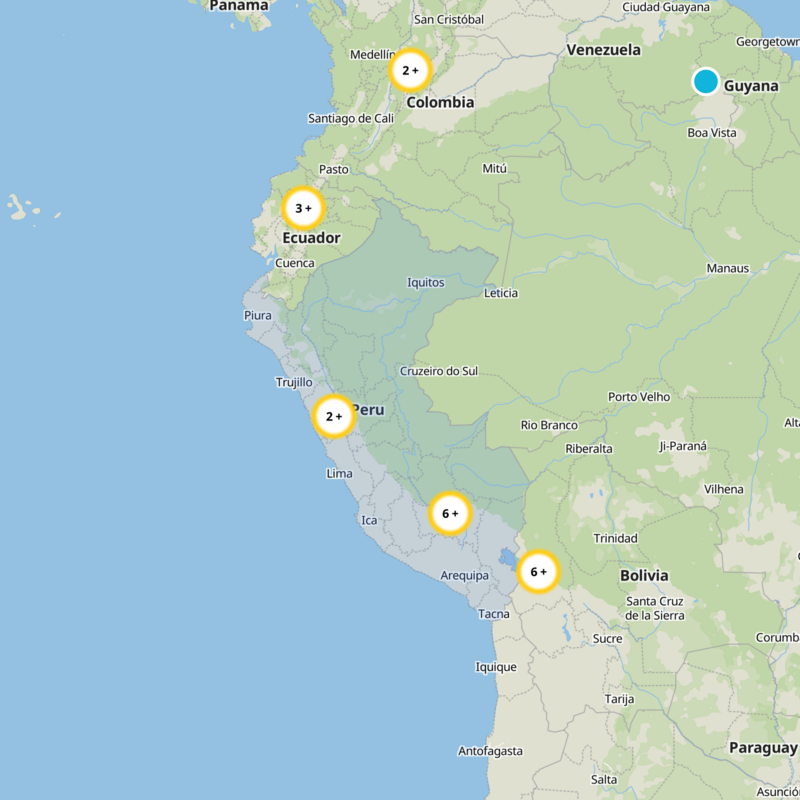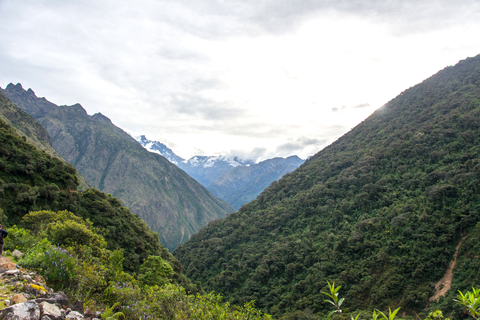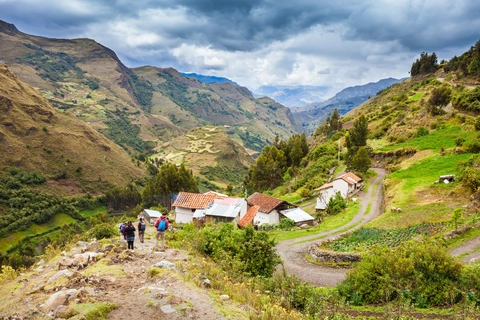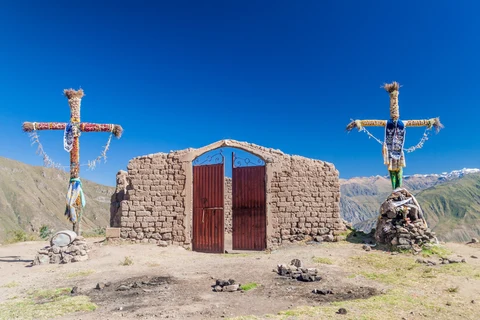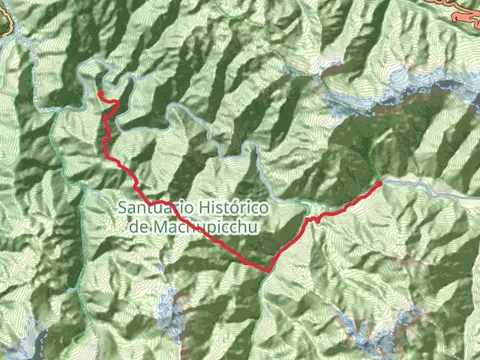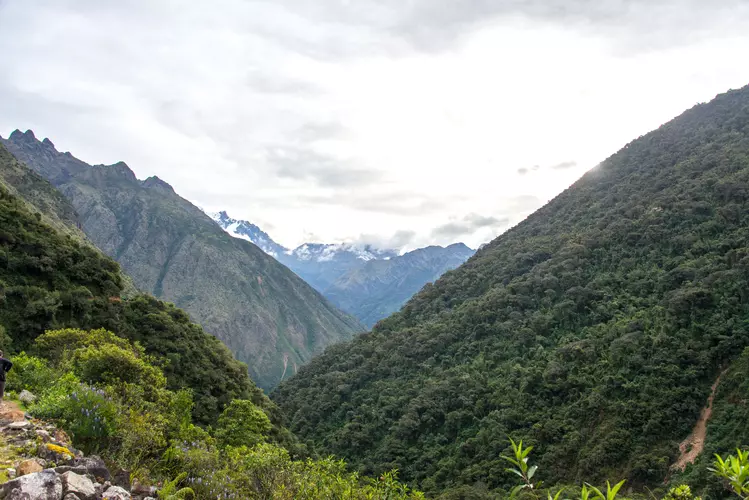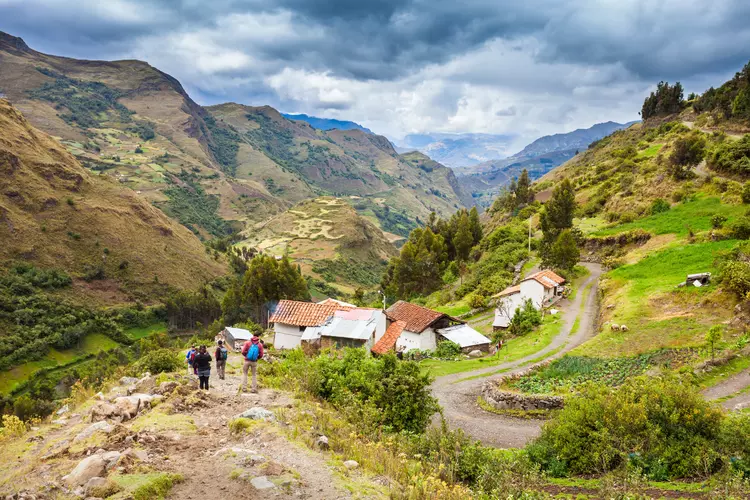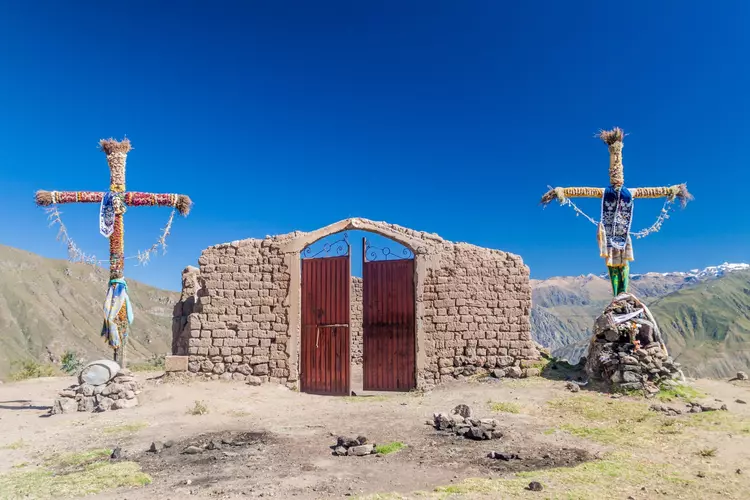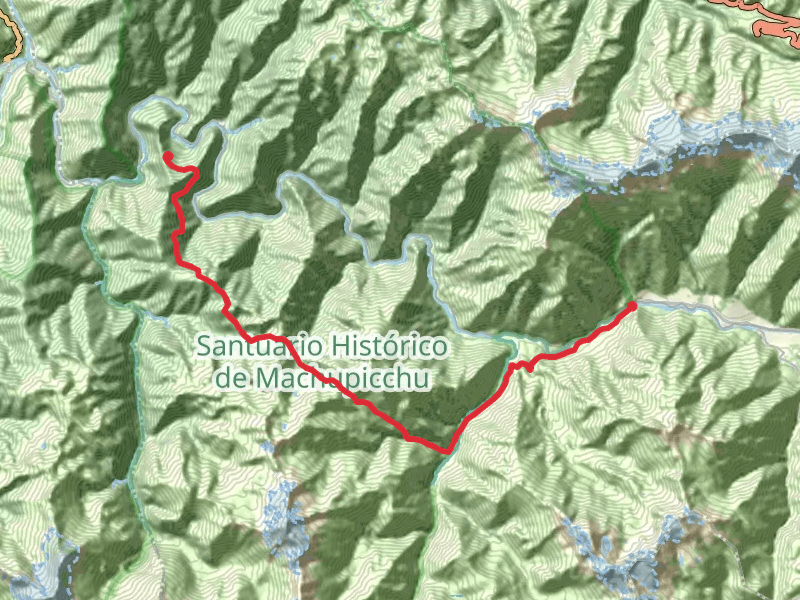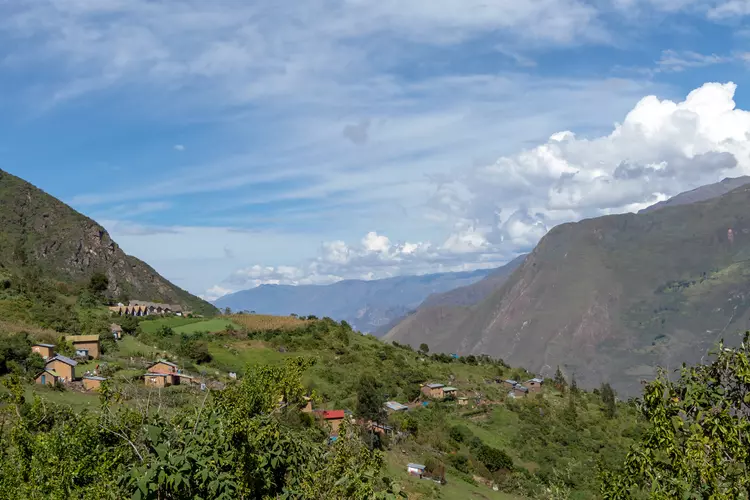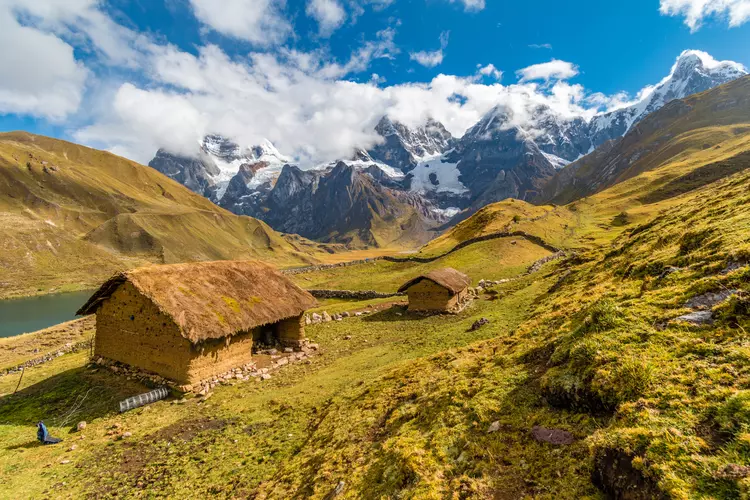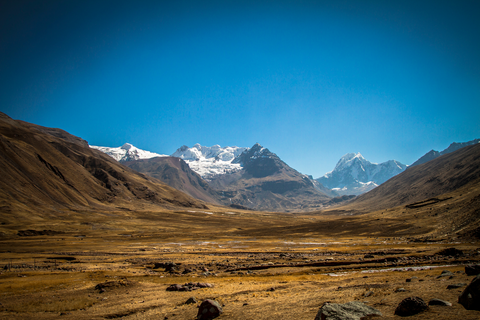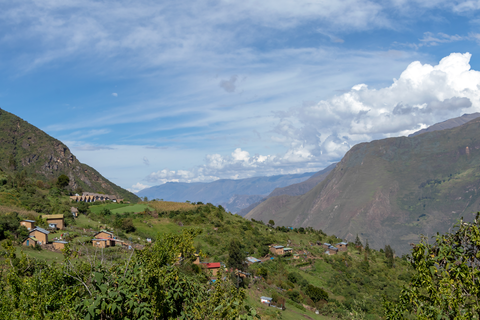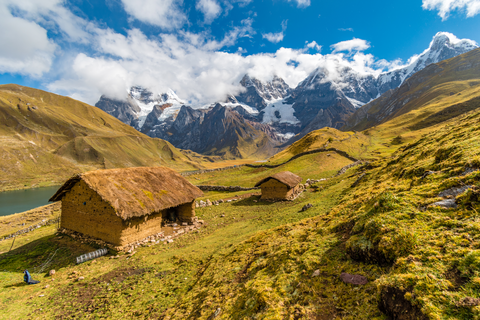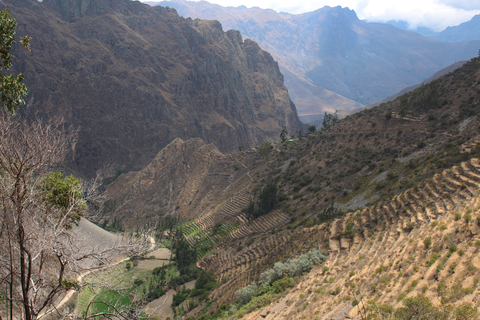"Discover Peru's trails, where ancient history and awe-inspiring landscapes ignite your adventurous spirit!"
Embark on an unforgettable journey through Peru's breathtaking landscapes, where every trail tells a story of ancient civilizations and natural wonders. From the iconic Inca Trail leading to the majestic Machu Picchu, to the serene paths of the Sacred Valley, Peru offers diverse terrains that challenge and inspire. Marvel at the vibrant flora, encounter diverse wildlife, and immerse yourself in the rich cultural tapestry of Andean villages. Let Peru's trails awaken your spirit of adventure!
Most popular hikes
FAQs about hiking in Peru






